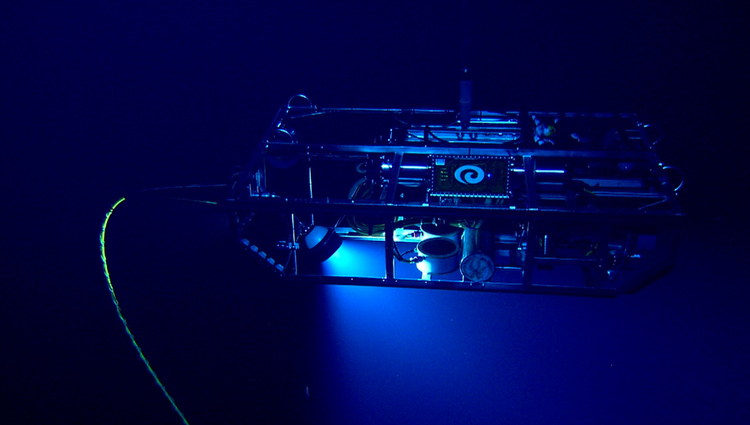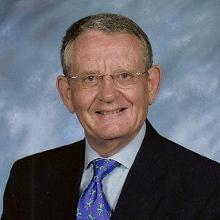Deepwater Horizon Study Offers New Insight

(Inside Science) -- Two months after the deadly explosion of the Deepwater Horizon drilling platform in April 2010, a scientific team had a unique opportunity to gain some knowledge from the disaster. Working from a ship directly above the spill created by the explosion, the team used a robotic vehicle to monitor the chemical composition of the oil and gas gushing from the open wellhead.
The sampling, from almost a mile beneath the ocean surface, has yielded new and important knowledge about the environmental impact of escaping oil and gas deep in the ocean. As a result, scientists will be better able to estimate the effects of future spills on sea life.
"The research is unprecedented," said marine chemist Christopher Reddy. "It tells you what chemicals are in the oil plume and explains why. It adds to general knowledge of the area where environmental chemistry meets oceanography."
Reddy, a senior scientist at of the Woods Hole Oceanographic Institution on Cape Cod, Massachusetts, heads a scientific team that reports on the project in today's issue of the Proceedings of the National Academy of Sciences.
The research showed that chemicals in a deep underwater spill behave quite differently from those in a surface spill.
For example, methane, benzene, naphthalene, and other "lightweight hydrocarbons" would evaporate into the atmosphere at sea level. But at the extreme depth and high pressure of the water around the spill, they either dissolved or formed new compounds with water molecules in the plume from the wellhead.
And depending on its composition, the complex mixture spewing from the well can rise, sink, or stay suspended in the water – and possibly damage sea life far from the original spill.
Those insights came from computer modeling of the samples by J. Samuel Arey, an environmental chemist at Switzerland's Ecole Polytechnique Federale de Lausanne.
"Modeling the environmental fate of hydrocarbons in deep water ecosystems required a new approach, with a global view, in order to correctly understand the impact of the pollution," Arey said.
"It underscores that every chemical in the oil has a different personality," Reddy added. "Like chemical sociologists, we saw how the parts go into the plume."
Reddy set up the project at short notice while working on a different research study in the Gulf of Mexico.
"We submitted a proposal to the National Science Foundation in the last couple of days in May and we were sailing on June 17," he recalled.
The Foundation, a government agency that funds scientific research, usually takes months to approve new projects.
On June 20, 2010, exactly two months after the explosion, Reddy and his colleagues boarded the Ocean Intervention III, a ship leased by BP with an ROV -- a remotely operated vehicle. Equipped with high-definition video cameras and other sophisticated equipment, an ROV can dive far below the ocean's surface. Controlled by a pilot on the mother ship, it allows people at the surface to view events in the deep ocean.
Reddy's team equipped an ROV with a high-tech chemical sampler and sent it down to the oil leak.
"We were sitting with a little laptop watching it and told the pilot to keep moving the sampler to where the temperature of the oil and gas was hottest," Reddy recalled. "We put the sampler right in the throat of the oil coming out of the pipe and collected samples of oil and gas at 105 degrees Celsius." That compares with the 4.5-degree temperature of the water beyond the plume.
On board, the team felt an air of anticipation. "There were flames, heat, and the smell of oil," Reddy recalled. "It was a pretty exciting night."
Reddy praised the skill of the ROV pilots. "These guys are real pros," he said. "They're underwater mechanics who work for the oil industry. But they had never worked on a scientific project.
Reddy also had a good word for BP, the company using the Deepwater Horizon when the explosion occurred. "They were very generous with us and didn't charge us for use of the ROV," he said.
Back at his laboratory in Massachusetts, Reddy analyzed the samples gathered by the ROV. He then sent the raw data to Arey, who had previously served as his postdoctoral student, for further study. "His skills are honed at chemicals and seeing where they should go," Reddy explained. "I saw we would need Sam on the team."

